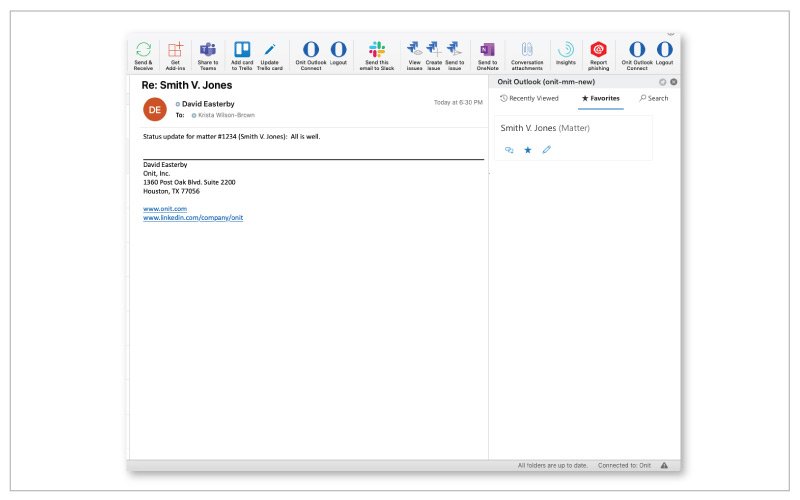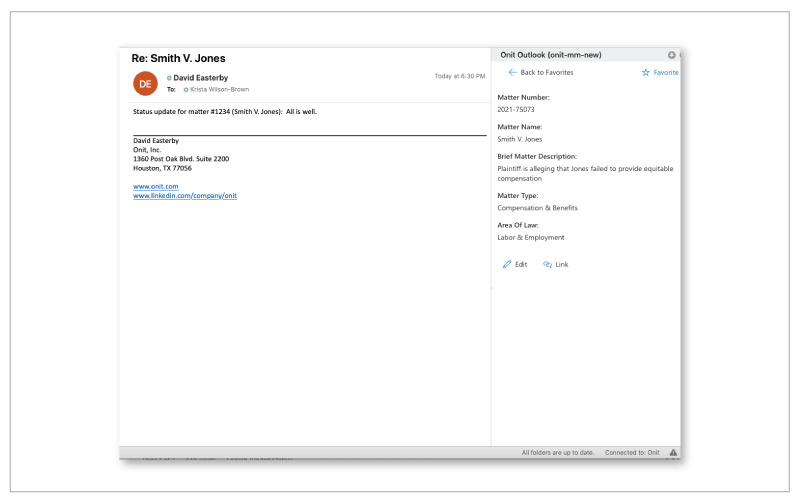
A legal operations manager stepping into the role will probably face many of the same challenges peers do, according to the 13th Annual Law Department Operations Survey. These include cost containment (60%), business process improvements (56%) and departmental resources, including funding for personnel and technology (38%).
As a result, corporate legal departments are building up their operations teams. CLOC reported that the average size of legal ops teams has increased compared to last year – one of many data points that illustrate the movement to transform how in-house counsel and legal professionals work. The ultimate goal is to spark transformation and create operational efficiencies that reduce low-value work for attorneys, save money and produce greater insight into legal spend.
Operational excellence comes with a price tag, though – one that may not be budgeted for. So the challenge is: How can corporate legal create world-class operations and self-fund the transformation?
According to Brad Rogers, Onit’s Vice President of Strategy and Growth, it requires a longer-term rethinking of how in-house counsel and legal professionals work. He recently shared his insight in a podcast (embedded below and available anywhere you listen to podcasts including Apple, Google, Spotify and more) on how to start a transformation journey and build a modern legal operations function. He draws this information from nearly three decades’ experience with operations excellence at companies including one Fortune 100 global financial services company with $1 trillion in assets, Bank of America, GE and JP Morgan Chase.
Goals of Transforming Legal Operations
Building world-class legal ops isn’t about changing what you do. In-house counsel will still give legal advice and manage matters. The concept focuses more on how this is accomplished by leveraging state-of-the-art capabilities – like automation and AI – to make work more streamlined and efficient.
A legal operations manager can lay the foundation needed for world-class legal ops by meeting these three goals:
- Protect the enterprise by practicing good law.
- Assemble a team of highly engaged top talent.
- Be efficient along the way.
It’s crucial to keep all three goals in mind. Too often, companies focus solely on efficiency and implement technologies that ideally save some time in day-to-day work. Ignoring the first two goals, however, is a misstep. Without keeping a purpose of protecting the organization in mind and strategically hiring the staff to meet that goal, technology alone won’t get you where you want to be.
When implementing new capabilities, legal operations should aim at building an environment that’s more engaging for lawyers and helping them get work off their plates so they can spend more time practicing.
Three Ways a Legal Operations Manager Can Self-Fund Transformation
Building world-class legal operations requires investment. You need to attract and mobilize the right resources that will help you accomplish your goals. However, when you’re starting from scratch, budget restrictions will likely make it harder to put the pieces together. There are three primary ways organizations can explore funding their journey.
- Examine legal spend. The first source of funding is to review your current spend and free up some dollars. Suppose you can find a way to cut your outside counsel spend by even 5 or 10%, either by better managing your outside counsel guidelines or finding other areas where you’re overspending. In that case, you can leverage those savings to self-fund part of your transformation.
- Redirect dollars. The second way is to keep an eye on the turnover in the legal department. If someone leaves, you might be able to leverage the money budgeted for that position into a few strategic, lower-price hires that can help you start the legal ops journey.
- Find investment funding. The third source, and typically the hardest one to tap, is to come up with a compelling business case to finance in an attempt to secure some investment funding. While it may be a long shot, it’s worth it if you can find any extra money to invest in legal ops.
Listen to the full podcast now.
If you’d like to hear more about legal operations transformation, here are some resources to explore:
- Brad discusses the four drivers of change in legal and how to make them work for you in this podcast.
- David Griffin, Head of Legal Technology and Change at BT, visits with the Onit podcast to talk about the company’s award-winning transformation.
- Lenovo discusses the future of contracting in this webinar for the World Commerce and Contracting Association.






![BT’s new platform, ‘MyLegal’, allowed the legal team to overhaul how it managed external spend, as well as several other process improvements. Judges [of the Legal Innovation Awards] agreed this winner stood out, not only due to the speed of their roll-out of the platform, but by taking an existing process and migrating it into a streamlined, efficient platform.](https://www.onit.com/wp-content/uploads/2025/03/Post-Quote-210701-1.jpg)



 The Onit email integration is the shortcut you need to handle your email and work in the same place
The Onit email integration is the shortcut you need to handle your email and work in the same place

